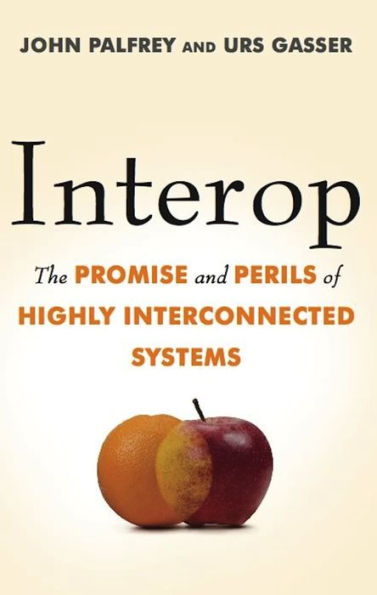5
1

Interop: The Promise and Perils of Highly Interconnected Systems
304
Interop: The Promise and Perils of Highly Interconnected Systems
304Related collections and offers
19.99
In Stock

Product Details
| ISBN-13: | 9780465029334 |
|---|---|
| Publisher: | Basic Books |
| Publication date: | 06/05/2012 |
| Sold by: | Hachette Digital, Inc. |
| Format: | eBook |
| Pages: | 304 |
| File size: | 438 KB |
| Age Range: | 13 - 18 Years |
About the Author
From the B&N Reads Blog
